You may have seen the famous painting of Washington crossing the Delaware. It’s at the Metropolitan Museum of Art in NYC. More about the painting (and its inaccuracies) further down.
You can see the actual site of the crossing at Washington Crossing Historic Park in Pennsylvania.
After making this crossing at midnight, Washington’s troops then had to march nine miles (many had ill-fitting shoes) to surprise the Hessians in Trenton. This was a key battle that helped them win two more. Plus, Washington’s soldiers had low morale, little food, and many of those enlisted were at the end of their tour of duty. Would they sign back on? Read more of the history of the Washington crossing and its effect on the Revolutionary War here.
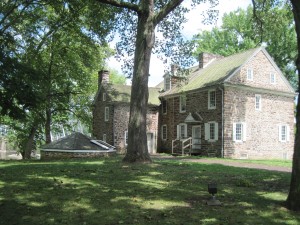
I’m not much of a history buff, but the guide really made it come alive, showing us maps, telling stories of the strategy, and buildings and boats on site.
————————————————
[ad name=”Google Adsense”]
————————————————

One of the stops on the park grounds is the boat house, where you’ll see several replicas of boats used to cross the Delaware. The original boats were 66 feet long, these are 44 feet long, and the ones used for the reenactments.
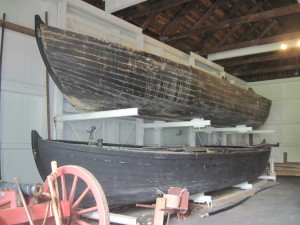
The kids will really like the tour of McKonkey Ferry Inn, a hotel and restaurant that Washington stayed/ate at while he was there. In the house you’ll see the bar, dining area, and several bedrooms. We saw the chandelier which held actual candles – a fire hazard! But then again, there was no electricity back then. The chandelier was attached to a rope, so it could be lowered to light the candles.
Since it is a “ferry inn” that implies the ferry. Indeed the owner of this inn operated the successful ferry (there was no bridge at the time) and he’d pull the raft back and forth with a rope.
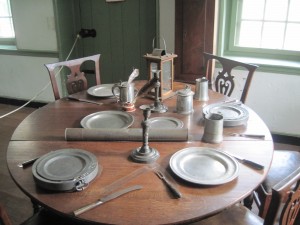
The kitchen is always interesting in properties from the 1700s. The big cooking area (beehive oven) was quite dangerous for women at that time, because the women wore big dresses. They’re cooking with fire on floor level. Make the connection. Also interesting is that the meals for the day are cooked in one pot – the one you see below. Whatever is in that pot is what you eat that day – breakfast, lunch, dinner. There is no menu at the inn – just what’s in the pot: stew.
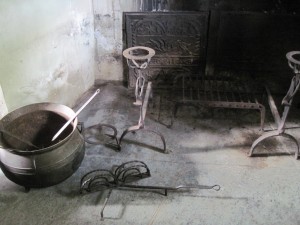
Our guide showed us a dome shaped structure next to the house and had us guess what it was. We couldn’t.
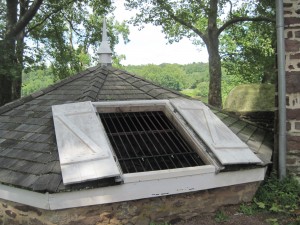
Turns out it’s an ice house. They gathered the ice in winter from the river, and kept it there until summer – on straw.
About the painting, this is actually the second original version (the first is in Germany). This one was finished in 1851. As our guide told us, it’s not entirely accurate. The flag shown in the painting was not the U.S. flag at this time. The crossing was in the middle of the night, so there’s too much light in the painting (though a dark painting would be difficult to see!). The river is narrower than depicted in the painting (800 feet across, remember?). Those animals seen in the far boat wouldn’t be put on these types of boats – they’d tip. The animals were ferried across on a flat boat. The boat isn’t accurate, and the ice isn’t the same type that the Delaware has (it would have sheets of ice, not chunks). While not shown here, reports are that the soldiers got rained on during the crossing, and some of the people shown would not be in the boats together. No matter. It gives you an idea.
WAYS TO SEE THE PARK
By Bike: We got to Washington Crossing via a beautiful bike ride from Lambertsville, NJ (just as easily done from New Hope, PA). It took about an hour and was a flat, wonderful ride along the canal.
Reenactment: The park stages reenactments twice a year – a dress rehearsal (date not currently listed on the website, but I believe in 2012 it was in September. Check the date here) and on December 25th, complete with volunteers decked in uniforms, using similar (but smaller) boats you can see on site. On dress rehearsal day, from 11-3, you’ll also be able to see village activities, as they would have happened in 1776. The river crossing is at 1:00.
Village activities: Several times a year, the park has volunteers dressed in period costume doing activities of daily life, like a historic cooking demonstration, sheep sheering, brewfest and Memorial Day observance. See the list of activities and dates for the Washington Crossing park here.
Guided Tour: offered seasonally, Thursday to Sunday from 10-4. Otherwise you can do a self-guided tour. Tours are $6 and totally worth it.
Buildings on site: The park has several buildings/houses on the site. Not everything will be open when you go, unless you’re going on a day where they have a lot of activities. Here’s what’s on the park site.
Cemetery of soldiers’ graves: If you’re biking back to New Hope (highly recommended – it’s a BEAUTIFUL ride by the canal with lots of gorgeous houses), you can see the soldiers’ graves. All but one are unknown soldiers, who died of disease, starvation, exposure and other causes. The graves are symbolic, since we don’t know exactly where the 40-60 men are buried.

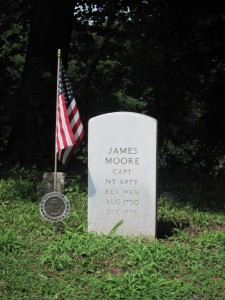
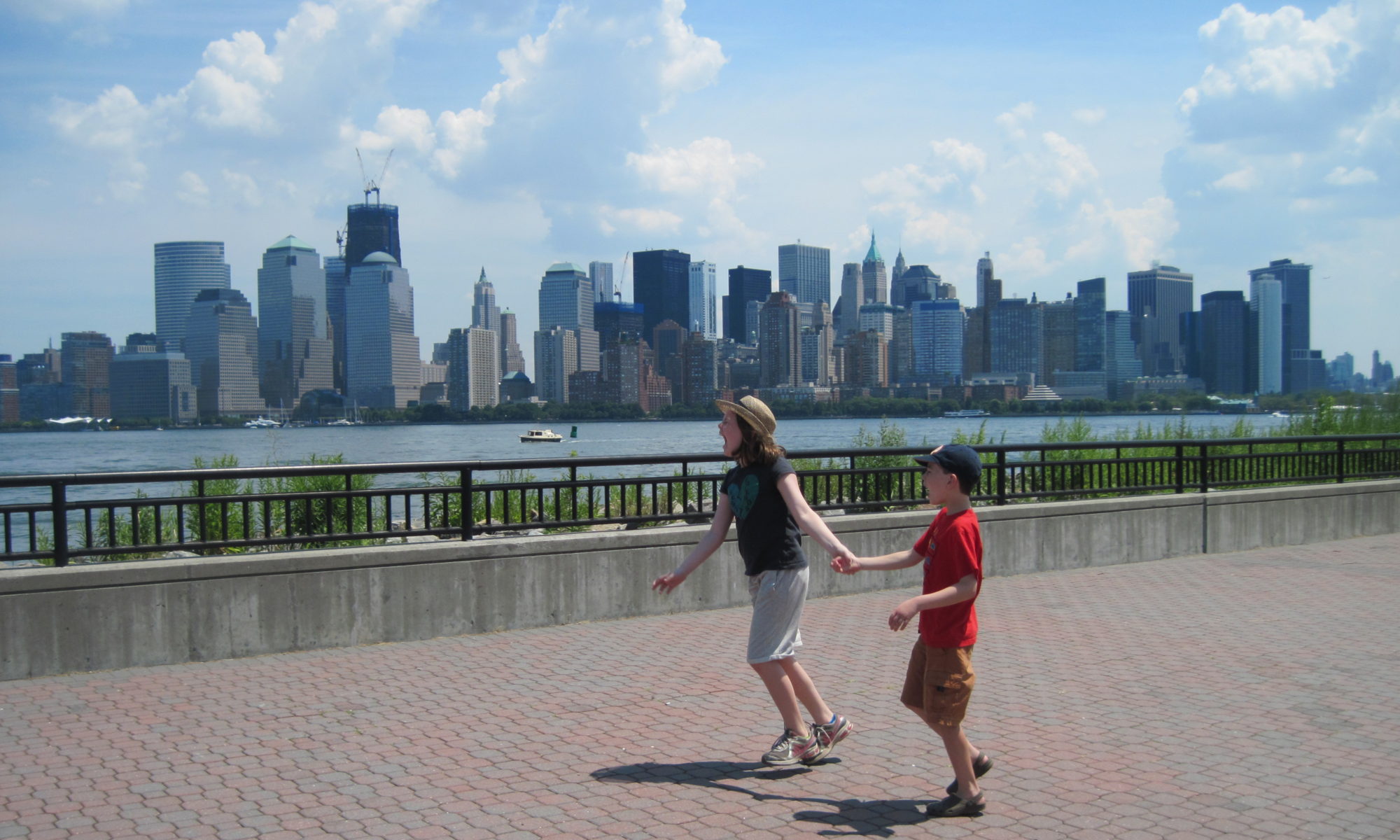
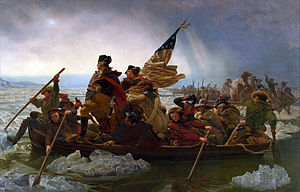
My parents do this ride all of the time. So fun to read about the places I grew up going to. I just saw you wrote about our favorite mother’s day daytrip- Bowman’s Hill. EVERY year we would grab hoagies and head up there for hiking and the plant sale. Ah memories 😉
Glad I could help you bring back memories Keryn! I can’t wait to do the ride again. So much to look at along the canal.